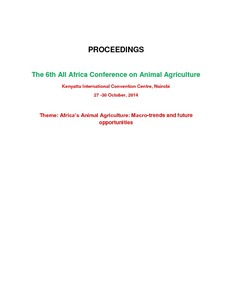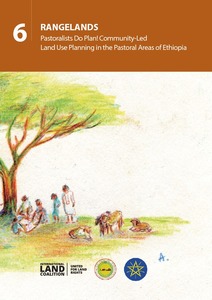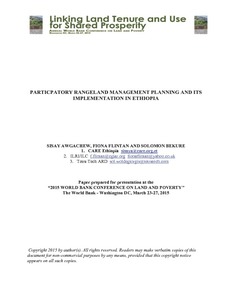Pastoralism in Kenya and Tanzania: Challenges and opportunities in animal health and food security
Pastoralism is used to describe a society that derives majority of their food and income from livestock. This form of farming system is largely practised in the arid and semi-arid lands (ASAL). It is estimated that 70% of the landmass in the Horn of Africa is dry land; in Kenya 80% of the landmass is classified as ASAL, while approximately half of Tanzania consists of dry land. These dry lands support wild resource harvesting, tourism but most importantly livestock rearing.









